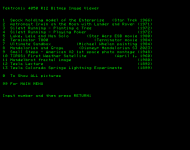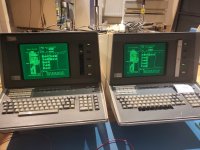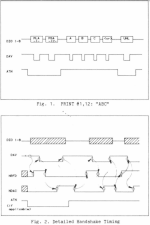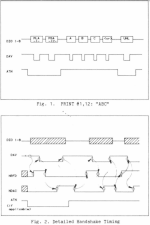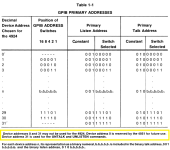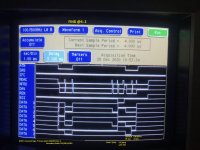nikola-wan
Veteran Member
Be sure to put the 124 LAST file into your folder bundle. This file is used by the Flash Drive code to stop searching for a file in the FIND command. The FAT file system does not keep the files in sequential file number order as they are added or deleted - so multiple passes through the files in a folder may be required to find each of the sequential files in my TLIST program for example.Monty:
Thanks, that was what I needed.
In effect, I am "building" a tape in the storage popup window by importing individual program files, assigning them a unique file number, and saving the bundle to the emulator's "tape drive."
At that point, on exiting the storage popup, I can load the individual program file using the sequence you provided above.
What interested me here was your 4051 Memory Dump program since you are writing to the emulated 4051 screen from an assembly language program.
Thanks again -
Nelson
I typically also copy in the 119 TLIST program and run it to make sure my file headers have the correct format including the length of the comment field.
If I need a data file I save any of the files in emulator storage changing the file number in the lower left corner of the storage popup and changing the format to ASCII or BINARY and PROGRAM or DATA and then saving that file regardless of the current contents. Then when your program prints to an ASCII DATA file the previous data is replaced by the new data. Same thing for writes to a BINARY DATA file.
I wrote that memory dump assembler program on a Tektronix 8002 Microprocessor Development Lab for a 4051 in the late 1970's and did screen dumps to hard copy for all the BASIC ROMs. I still have the hard copy of those ROMs and all the programs I created in the 70's including the hard copy of that memory dump assembly program that I used to recreate the memory dump program I posted on github using the 4051 Assembler.
You can save or load the entire 'folder' of files in the emulator storage popup by changing the file pulldown from Single File to 4050 Tape Emulator Files and using Export to save a zip of all the files currently in storage. The Import button can be used after unzipping the exported files and selecting one or more of them (include LAST if you have used DelFile to delete all the current files from storage).


